Becky Torrance manages to keep dairy goats, and breeds them to a high standard, without extensive grazing. She talked to Anke Sieker about this, and about her little smallholding in Northumberland
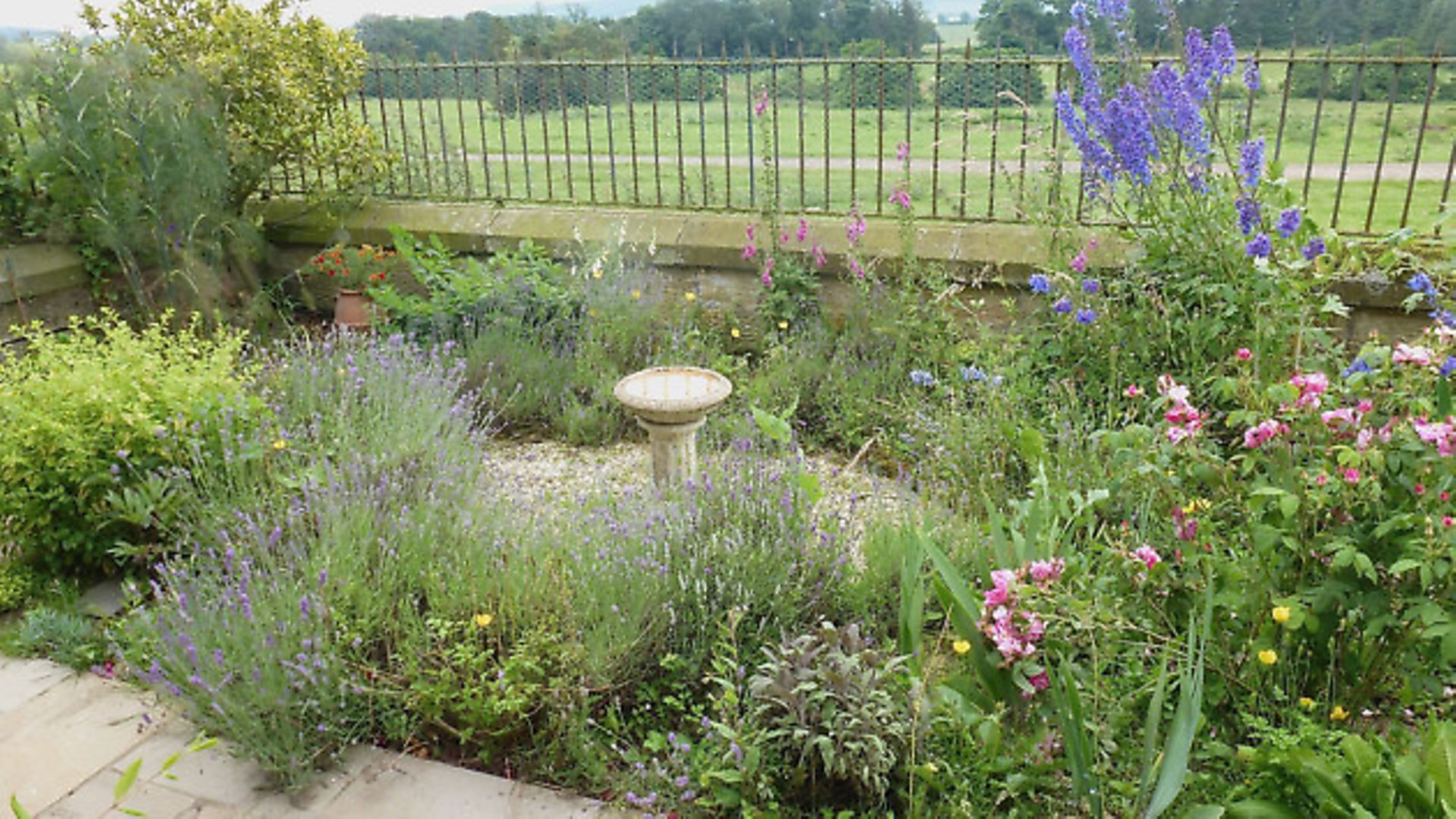
I met Becky Torrance a year before my own goats arrived, when I was on a mission to visit goatkeepers and learn as much as possible from their management techniques. Becky was the closest Golden Guernsey goat breeder and has since become something of a goat guru to me – but there is lots more going at her smallholding too.
Becky and her husband live in a farm cottage on the edge of the Northumberland National Park and have dairy goats (more about them below), an assortment of fowl and poultry and a busy, although sometimes a bit neglected, fruit and vegetable garden. Oh, and there is their house cat…
How did you start out in smallholding, and goatkeeping in particular?
I started with an allotment-sized garden across the back lane from our first house. At first I made raised beds and grew lots of vegetables for the family but soon we got some chickens for eggs. I chose speckled Cuckoo Marans for their dark eggs and have kept this breed for over 30 years, and also Silkies for many years.
Then I wanted to make yoghurt and cheese so I read every book I could find on keeping goats and joined the local goat club for advice and support. I built a little goat house with a concrete run, and bought two Anglo Nubians for their rich milk, perfect for yoghurt and cheesemaking. My fresh herb coulommier cheeses were delicious, easy to make and always worked well. Hard cheeses are much trickier, but now I have learned a good method from a certain Anke Sieker!
But there was not much land…
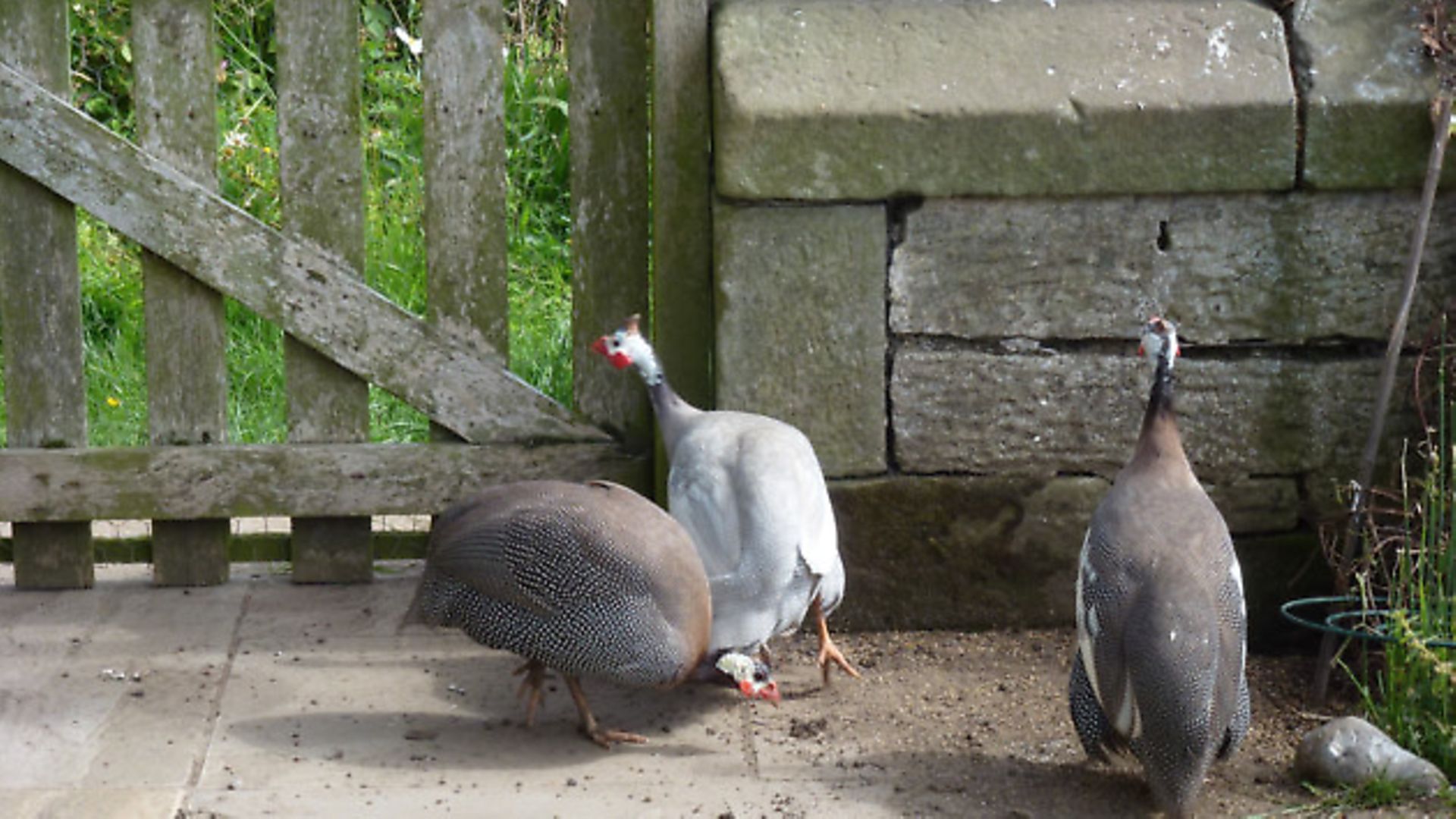
As the goats were confined to house and yard, I gathered greens daily from the lane verges and gave them garden prunings and vegetables in a big rack. They gave me plenty of useful milk and a lot of pleasure to the whole family. This was before the 2001 Foot and Mouth outbreak and the movement regulations which followed, so I was also able to take my two or three goats for walks along a track beside the railway. We would go ‘blackberrying’ together on overgrown ground nearby.
Eventually we wanted to move to a bigger place further out in the countryside and came here with a large garden and three-quarters of an acre of mature woodland for the goats to go out in. The land had never had livestock on it, so I am lucky that my goats seldom need worming though the vet does a worm egg count periodically to check. Over time my herd size grew to about 10 females and I was able to keep males. These can get fairly whiffy in autumn and winter and need to be further from neighbours than was possible at our previous house. I try not to let the numbers rise too much, letting some goats have a year off breeding and ideally keeping no more than two kids each year.
Although my two or three goats seemed quite content in their previous home, I am sure they enjoy having more space to roam and forage. Even in deep snow they will come out to stand broadside on to the sun, soaking up the rays. It has been a pleasure to see the lasting family bonds that goats develop too, and friendships between animals reared as kids together.
And then came showing your goats…
I began to show my goats at club shows and then agricultural shows. This is a great way to learn more about goat keeping; I have made good friends among the showing folk and have shown my Anglo Nubians successfully for 25 years, achieving Breed Champion status with five of them.
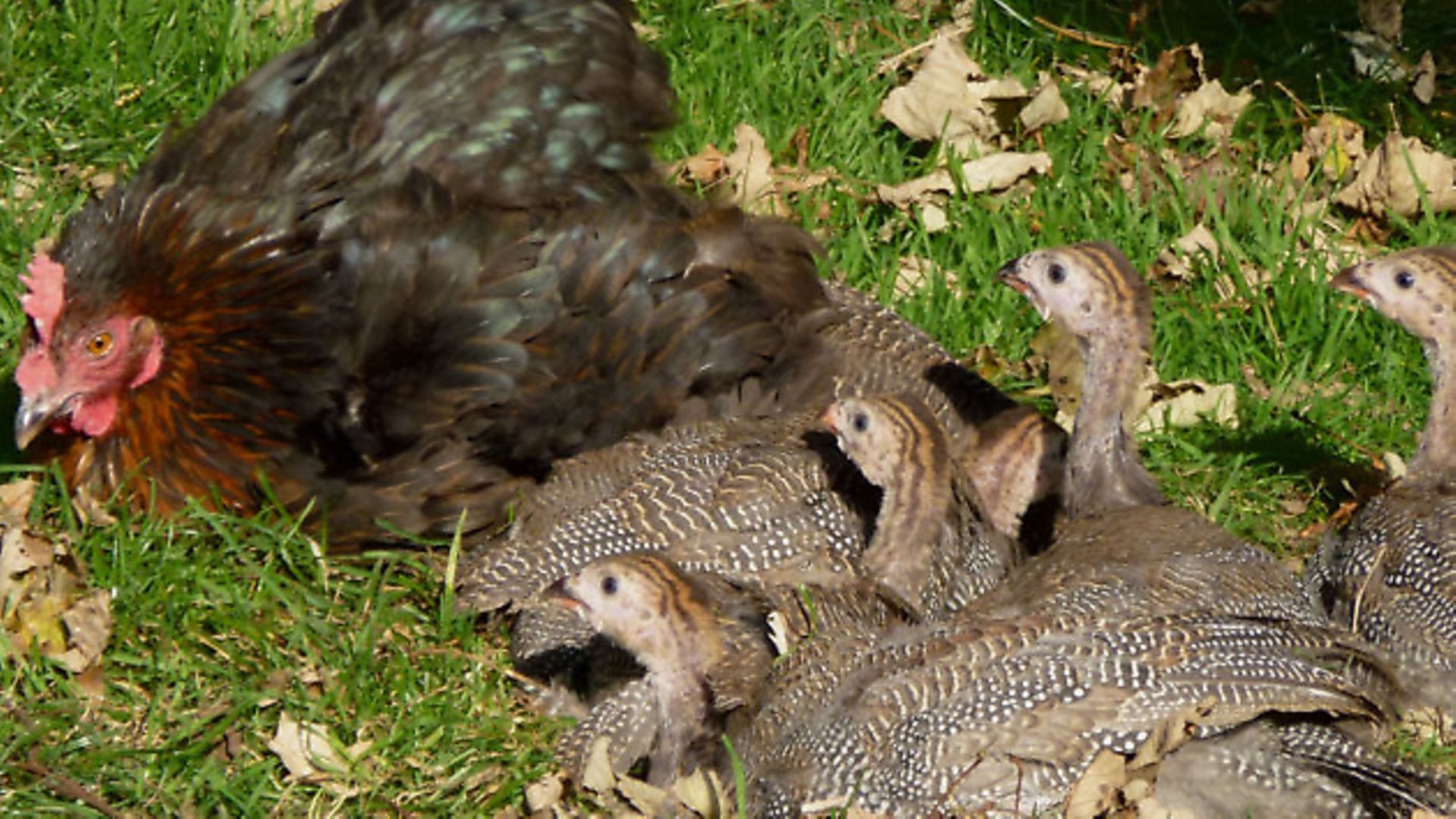
After a few years my youngest daughter wanted a goat of her own and so we bought a little Golden Guernsey milker, Pearl. She was so very different to the Nubians, cat-like in her delicacy and very responsive to my daughter who settled her in with us by sitting in her pen reading Harry Potter to her. I enjoyed the contrast between the strong tomboyish ANs and the dainty Guernseys, so when my back started to deteriorate, I increased the ratio of Guernseys and began to breed up to British Guernsey. This year I made one of my first British Guernseys a Breed Champion, an achievement I am quite proud of!
What does your daily management look like?
I love keeping goats, but it requires responsibility and hard work. If you have flu or want to go on holiday, you need someone to look after them. My husband, though not as interested in the animals as I am, has learned to milk and helps with the evening round of feeding and shutting up poultry when I am working a late shift. He cares for things at home while I am away at shows, which involve an overnight stay for the milking competition component. He is also an enthusiastic sampler of my dairy produce, goat meat and poultry that I rear for the freezer! When we are both away, we pay for a retired couple to come and stay. Without their back up I could not keep the livestock.
The animals need seeing to at least twice a day but I also give them sugar beet at lunchtime and often pet them between times! Mucking out, foot trimming, vaccinating etc must all be done regularly, hence my ‘goat calendar’ in which everything is recorded. There is a fair bit of paperwork involved, especially as I travel to shows, and it must be correctly and promptly done. It is time consuming, but I love seeing my goat house tidy, hay feeder filled and the animals content. Smallholding is a way of life – it either it suits you even on foul dark winter mornings or it doesn’t! For me, it’s the way of life I like best.
And there are not only the goats here. I remember when I was here a while ago, that a strange sound came from your garden… and you explained they were the guinea fowl…
Guinea fowl don’t just screech in a frightening way, but also make great pest eradicators. They don’t scratch up the garden nearly as much as hens and provide excellent meat. They are decorative and usually semi-wild, but mine come when I whistle. They normally go inside at night, but if I get home late and it’s already dark, they roost in a tree out of harm’s way – usually. Eggs are laid in secret places, so if I find a nest I put the eggs in my incubator. They are charming and comical birds and I love having them about.
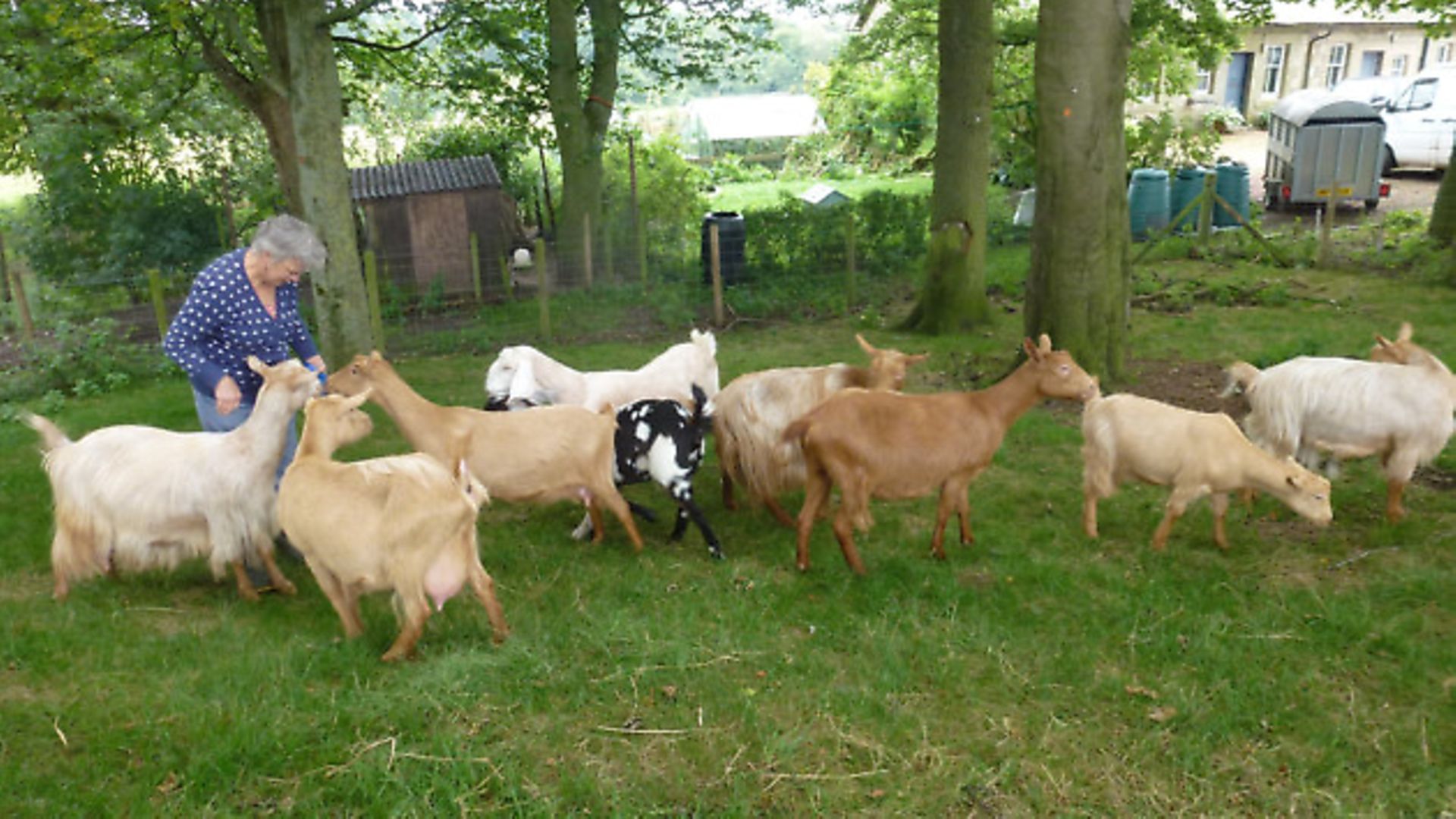
We have swapped a few Marans hens over the last few years…
Other than the Cuckoo Marans I now also have French Copper and Copper Blue Marans and hatch most of my replacement layers but bring in a new cockerel from time to time. Last year, when the birds stopped laying in November, I lit their shed at night with four tea light lanterns hung from the ceiling. They came back into lay at Christmas and are still going strong.
Your garden is just such a wonderful example of a typical cottage garden – fruit and veg, but also fantastic flowers. I haven’t yet managed to grow any flowers other than self-seeded weeds, but maybe one day …
Well, the garden doesn’t get as much attention as it should – the animals’ needs come first. Nevertheless, I wander round most early mornings, at peace with the world, tasting a leaf of parsley here or a gooseberry or tomato there. I have just built a pond on the area in front of the greenhouse and there are water lilies and goldfish in it.
The large greenhouse borders hold tomatoes, basil, cucumbers, courgettes and climbing French beans. The small greenhouse is for starting plants in the spring and overwintering anything tender – Northumberland can be very cold and windy in winter. I cannot sow peas or beans straight into the raised beds as wood mice will eat the seeds, so these are better raised under cover until all risk of frost is over in late May.
The raised beds work well but need netting against cabbage white butterflies – and guinea fowl! I grow salads, peas and beans, beetroot, parsley and carrots. You can’t beat the flavour of a freshly pulled carrot or peas straight from the pod. I have a row of fruit bushes. Strawberries have done better here in pots in the greenhouse but next year I am going to try growing them in the raised beds. We are struggling with apples, but I have an espalier tree against the east-facing wall of the house, and it usually bears some fruit most years.
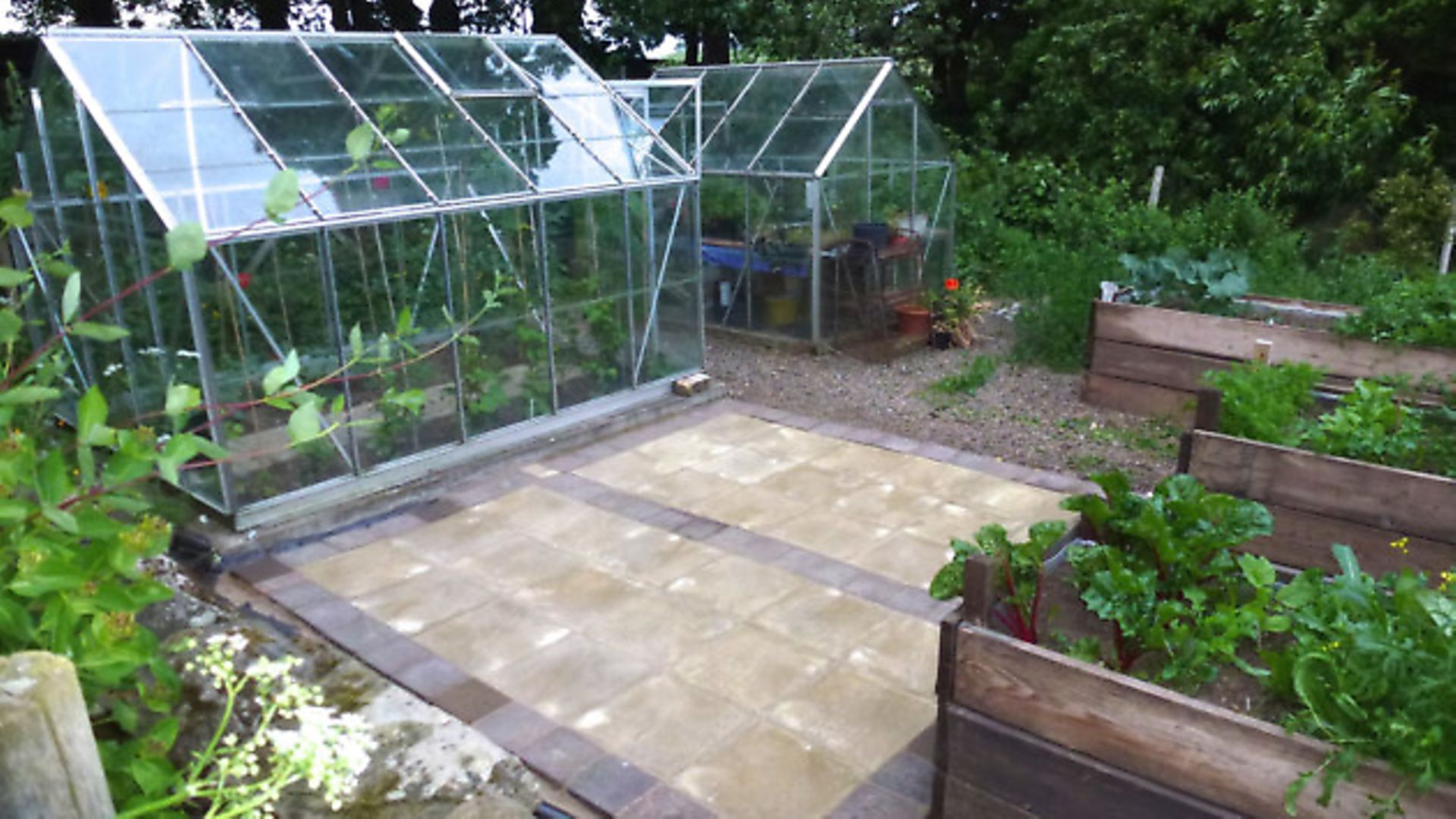
Thank you for chatting about your holding – it shows that it’s possible to run a successful smallholding from a small acreage. After all, you are fairly self-sufficient in dairy, meat and grow a good proportion of your veg and fruits! What more does any aspiring smallholder want?
—————————————
This article is from the November 2014 issue of Country Smallholding
Image(s) provided by:
Archant







